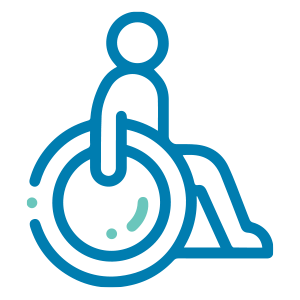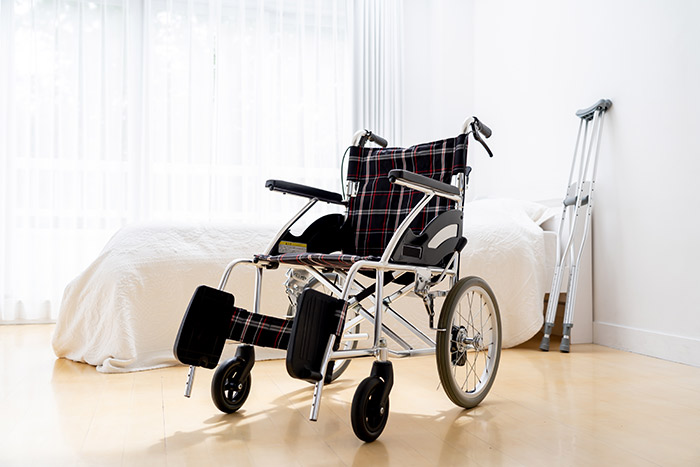

Assistive technology refers to any device or equipment that is designed to help individuals with disabilities or functional limitations in performing daily activities, participating in their communities, and achieving greater independence.
Assistive technology can benefit people of all ages with various types of disabilities, including physical, sensory, cognitive, and communication impairments. It can be used in a wide range of settings, such as home, school, workplace, and community environments. Our occupational therapists can assess, recommend, and train individuals in the appropriate use of assistive technology based on their unique needs and goals.
Here are some examples of assistive technology used in occupational therapy:
Our occupational therapists work closely with individuals and their families to determine the most appropriate solutions. They also provide training and ongoing support to ensure the aids and devices provide independence and enable individuals to lead more fulfilling lives.
Your Journey to Independence Starts Here!
And let us take good care of YOU